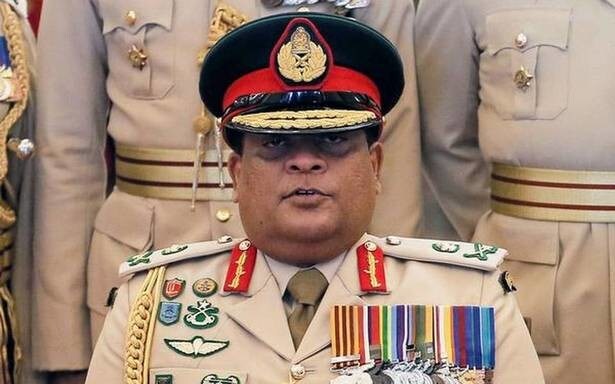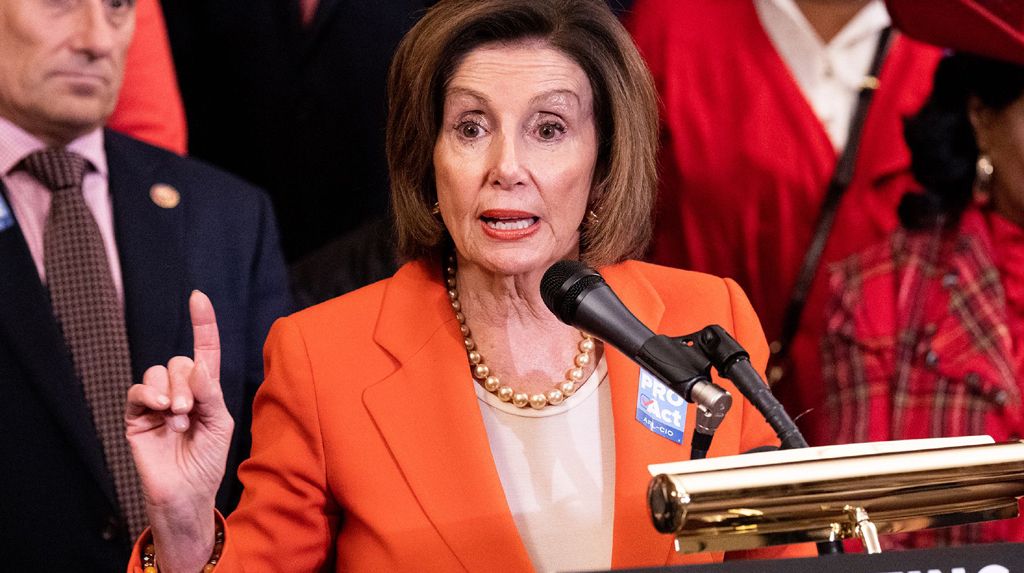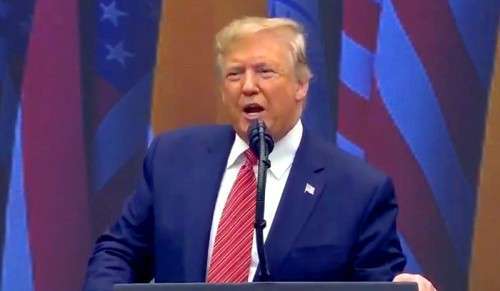 Washington: With focus on making critical investments to strengthen the middle class, create jobs and boost economic growth, US President Barack Obama on Wednesday proposed a further USD 1.8 trillion in deficit reduction over 10 years and increasing the minimum wages to USD 9 per hour, in his annual budget.
Washington: With focus on making critical investments to strengthen the middle class, create jobs and boost economic growth, US President Barack Obama on Wednesday proposed a further USD 1.8 trillion in deficit reduction over 10 years and increasing the minimum wages to USD 9 per hour, in his annual budget.
Besides the additional USD 1.8 trillion in deficit reduction, which will put the total reduction target at USD 4.3 trillion, the budget proposals envisage more than USD 2 in spending cuts for every USD 1 of new revenue from closing tax loopholes and reducing tax benefits for the wealthiest.
To make America once again a magnet for jobs, the annual budget for the fiscal 2014 provides for investments in high-tech manufacturing and innovation, clean energy, and infrastructure, while cutting red tape to help businesses grow.
Also to give workers the skills they need to compete in the global economy, it proposes investments in education from pre-school to job training.
In all, the Budget proposes 215 cuts, consolidations, and savings proposals, which are projected to save more than USD 25 billion in 2014.
Deficit is targeted to be reduced to 2.8 percent of GDP by 2016 and 1.7 percent by 2023 with debt declining as a share of the economy, “while protecting the investments we need to create jobs and strengthen the middle class”.
It also includes USD 400 billion in health savings that crack down on waste and fraud to strengthen Medicare for years to come.
With the objective of making America a magnet for jobs, the budget proposes USD 1 billion investments to launch a network of up to 15 manufacturing innovation institutes, which the White House says would transforms regions across the country into global epicenters of advanced manufacturing.
Obama’s budget proposals also provide USD 50 billion for upfront infrastructure investments, including USD 40 billion for “Fix it First” projects, to invest immediately in repairing highways, bridges, transit systems, and airports nationwide.
It also allocates USD 10 billion for competitive programs to encourage innovation in completing high value infrastructure projects.
To boosts private investment in infrastructure by creating a ‘Rebuild America Partnership’, the budget provides for an independent National Infrastructure Bank to leverage private and public capital to support infrastructure projects of national and regional significance.
It also creates America Fast Forward (AFF) Bonds, building on the successful Build America Bonds program to attract new sources of capital for infrastructure investment.
The budget offers detailed proposals to broaden the tax base, close tax loopholes, and establish a ‘Buffett Rule’ that will prevent millionaires from taking advantage of special provisions to pay taxes at lower rates than many middle-class families do.
It raises USD 580 billion for deficit reduction by limiting high-income tax benefits, without raising tax rates.
The Buffett Rule provides for households with incomes over USD 1 million paying at least 30 percent of their income (after charitable giving) in taxes.
It also limits the value of tax deductions and other tax benefits for the top two of families to 28 percent, reducing these tax benefits to levels closer to what middle-class families get.
The annual budget proposes reforms to prevent companies from shifting profits overseas to avoid US taxes and to encourage “insourcing” and job creation here in the United States.
Among other things, it eliminates business tax loopholes while providing incentives for research, manufacturing, and clean energy and cutting taxes for small businesses.
It makes permanent important tax incentives for research and development, renewable energy, and energy efficiency; cuts taxes for small businesses by letting them claim tax write-offs for up to USD 5,00,000 of new investment and eliminates loopholes such as oil and gas tax breaks and special tax rules for corporate jets.-PTI






